July 1969: One Giant Leap
- Details
- Published: Saturday, 20 July 2019 15:17
- Written by Greg Brown
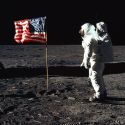
"Houston, Tranquility Base here. The Eagle has landed."
Those words spoken when the Apollo 11 lunar module touched down on the surface of the moon on July 20, 1969 cemented Houston in the minds of the world as a hub of technological innovation. But it was not always regarded that way.
The October 1957 launch of Sputnik, a small Earth-orbiting satellite by the Soviet Union caught the American public off-guard and ushered the world into the space age. As then Senate Majority Leader Lyndon Johnson (D-TX) later described it, "Now, somehow, in some new way, the sky seemed almost alien. I also remember the profound shock of realizing that it might be possible for another nation to achieve technological superiority over this great country of ours." The event led to the creation of NASA (National Aeronautics and Space Administration) one year later in 1958. The agency's first task was the development of a human space exploration program. The U.S.-U.S.S.R. space race had begun.
Houston in the late 1950s was a sleepy southern town dominated primarily by the oil industry and agriculture. It became one of more than 20 cities under consideration for a future manned spaceflight facility because it had many of the desired characteristics. Charles F. Bingman, who served as the Manned Spacecraft Center's chief of the Management Analysis Division, later explained the selection criteria: "It had to be a city, an urban area that was substantial and could support a major new high-technology institution. It had to be near the kind of airport that could serve as a service organization primarily for handling of spacecraft and conducting certain kinds of flight tests. It had to be on the water, because at that stage they thought they were going to transport spacecraft by barge, which they ultimately never did. It had to be at the site of at least one substantial, high-quality university, and it had to have what looked like an appropriate kind of work force to staff a number of the positions in the center."
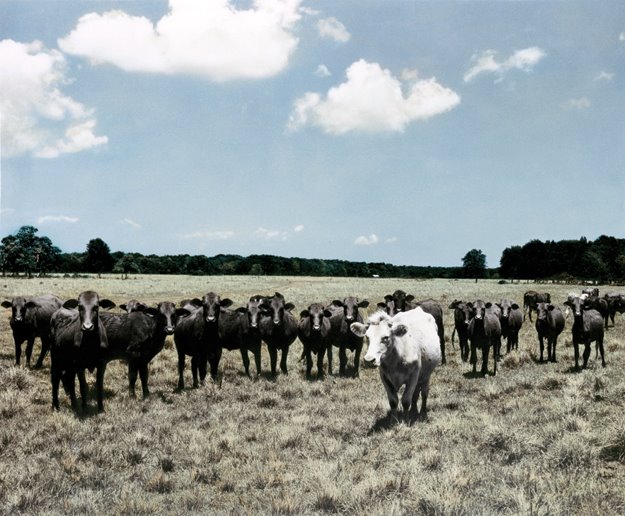
The site selection committee arrived in Houston shortly after Hurricane Carla, and were less than impressed by the area. Along Farm Road 146 and 528 leading to what would be the main entrance to the proposed center, boats had been thrown onto the highway, pieces of houses and other debris littered the site, trees were flattened, and fields and pastures were still flooded. Luckily, Houston had some friends in Washington, D.C.; Vice-president Lyndon Johnson and House Speaker Sam Rayburn were both from Texas.
On Sept. 19, 1961, NASA announced that the $60 million Manned Spacecraft Center would be located in Houston on 1,000 acres of land to be made available to the government by Rice University. The land was owned by Humble Oil Co. and given to Rice to give to the government.
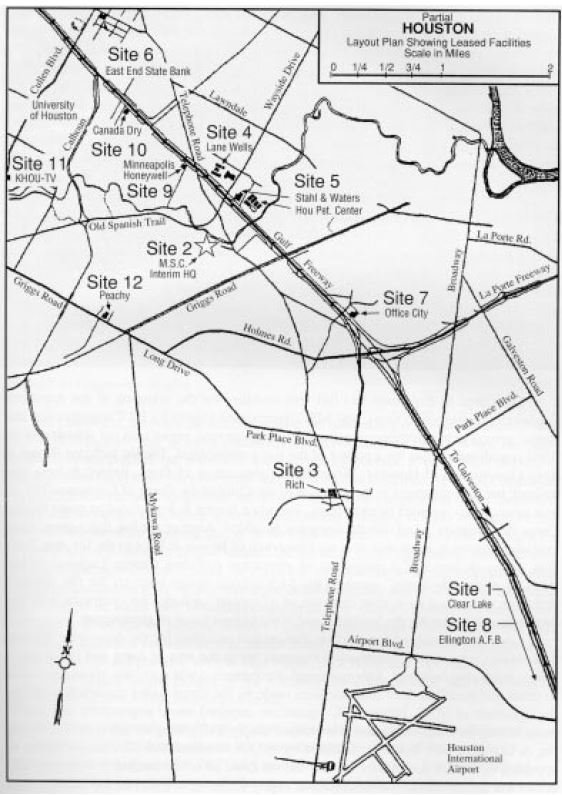
NASA opened its first office here in 1961 at Gulfgate Shopping City in space donated by the developer. Several additional interim offices sprang up in existing buildings throughout southeast Houston as the program grew to need nearly 300,000 square feet of office and laboratory space. Many of the buildings are still in place and currently being used for other purposes.
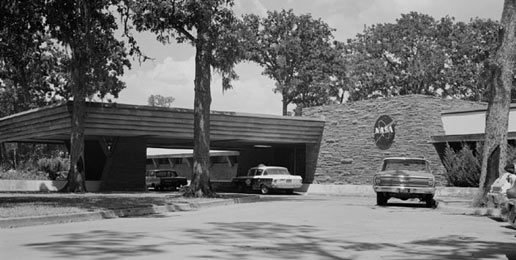
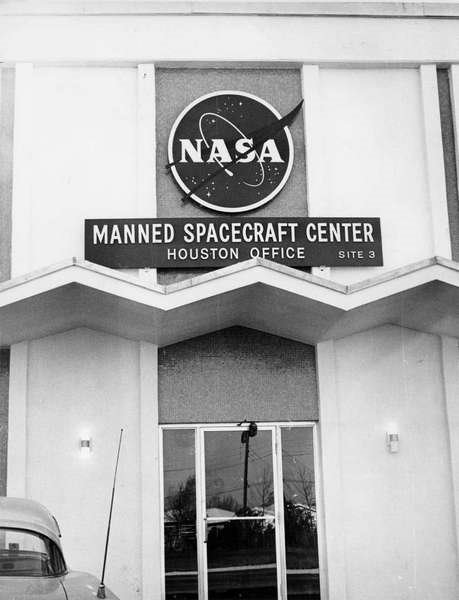
Neighborhoods in the area: Park Place, Glenbrook Valley, and Meadowcreek Village became highly desirable as they were all prime locations for the influx of NASA staffers who wanted to be near their offices and the flight training facilities at Ellington Air Force Base. If you've lived here long enough, you'll remember some of the names: Denny, Elam, Hess, Keppler, Larkin, Lins, Smith, Sobieski, Soester, Svrcek, and many others. These and thousands more made possible the epic accomplishment we celebrate the 50th anniversary of this year.
In 1964, NASA's Manned Spacecraft Center (now Johnson Space Center) opened in what would be Clear Lake City, prompting Houston's explosive expansion to the far southeast. Companies that contracted with NASA built nearby, creating a booming new business district. By mid-1967, all operations had been consolidated at the center and at Ellington Air Force Base. The interim offices shut down. FM528 had been renamed NASA Rd. 1 and Houston had become "Space City U.S.A."
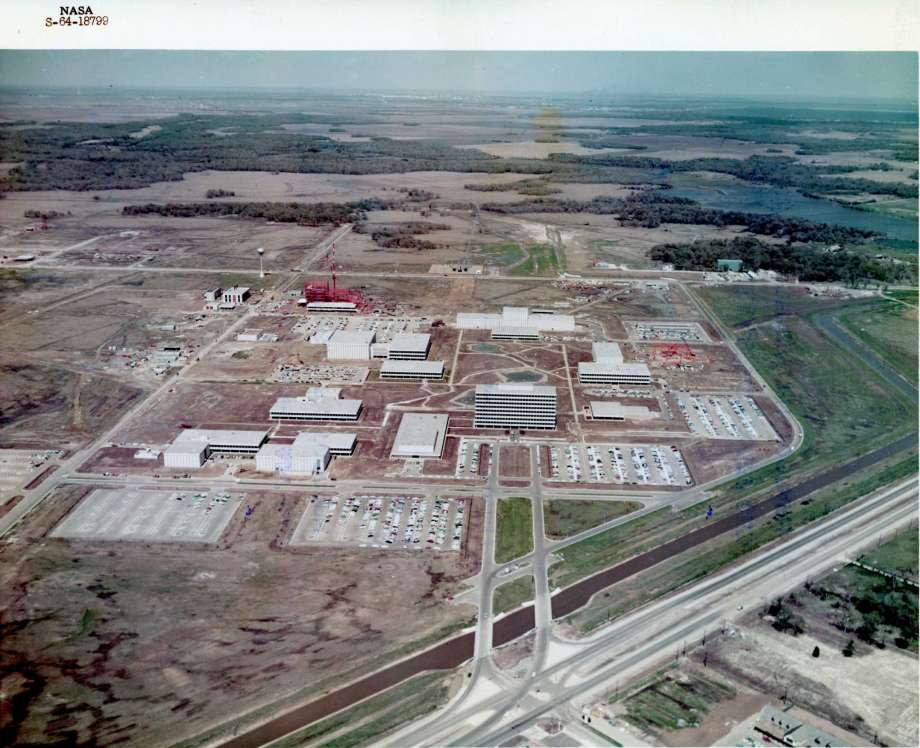
List of Houston NASA facilities:
| Site | Location | Description |
| 0 | 6100 Gulf Freeway | Gulfgate Shopping City (original mall demolished) |
| 1 | 2101 Nasa Parkway | Manned Spacecraft Center construction site (now Johnson Space Center) |
| 2 | 2999 S Wayside Dr. | Farnsworth and Chambers Building (now Houston Parks Dept.) |
| 3 | 6040 Telephone Rd. | Rich Building (now AmBox Fabrication) |
| 4 | 2002 S Wayside Dr. | Lane Wells Building (now St. Austin Center) |
| 5 | 6001 Gulf Freeway | Houston Petroleum Center (now Sanchez Charter School, remaining original building at 6001-A) |
| 6 | 4200 Leeland St. | East End State Bank (now Houston Water Customer Service Center) |
| 7 | 7013-7015 Gulf Freeway | Office City Plaza (now demolished) |
| 8 | 11901 Galveston Rd. | Ellington Air Force Base (now Ellington Airport) |
| 9 | 5440 Gulf Freeway | Minneapolis-Honeywell Building (now multi-tenant) |
| 10 | 4750 Gulf Freeway | Canada Dry Bottling (now Roberts Carpets) |
| 11 | 4513 Cullen Blvd. | KHOU-TV (now KUHT-TV) |
| 12 | 5511 Griggs Rd. | Peachy Building (now vacant) |
— All photographs courtesy NASA
DO YOU HAVE A MEMORY TO SHARE? Help us preserve the area's history! Registered site users can create articles and upload images. Look for the link near the bottom of the left-hand menu. If you are not yet registered, use the Create an account link and follow the directions.
